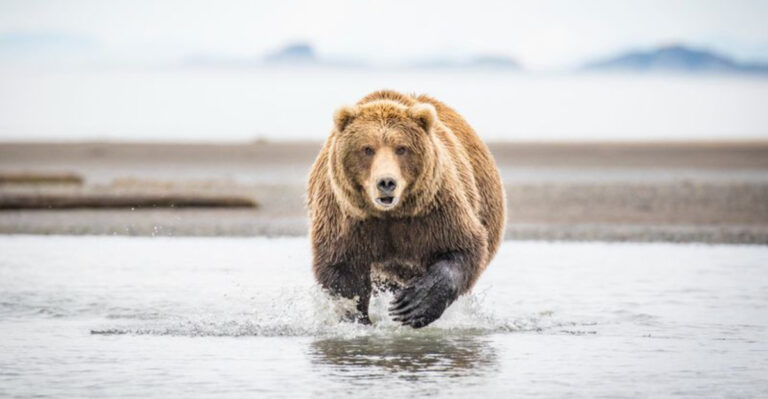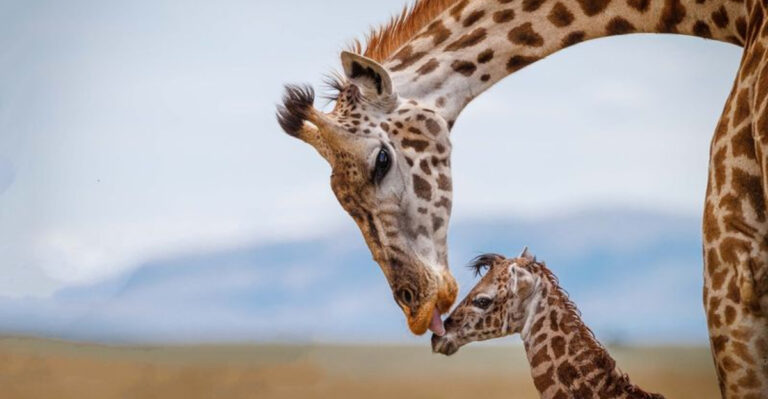8 Key Differences Between A Fox And A Coyote
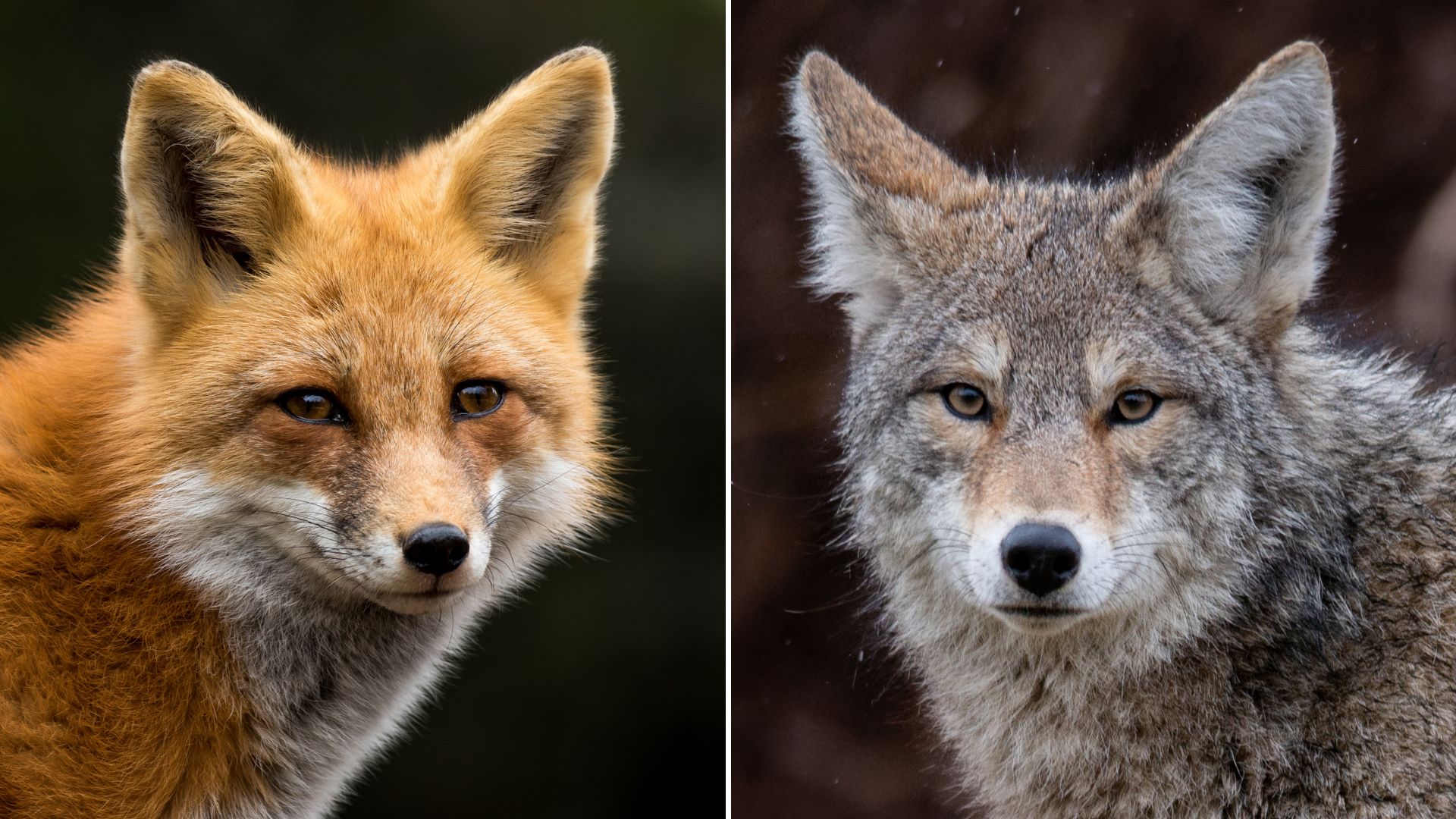
In the fascinating world of wildlife, foxes and coyotes are often mistaken for each other due to their similar appearances. However, these two creatures hold distinct characteristics that set them apart in the animal kingdom.
From their physical traits to their unique habits, understanding the differences can enrich one’s appreciation for these intriguing animals. Here are some captivating differences between foxes and coyotes, shedding light on their individuality.
1. Size And Build
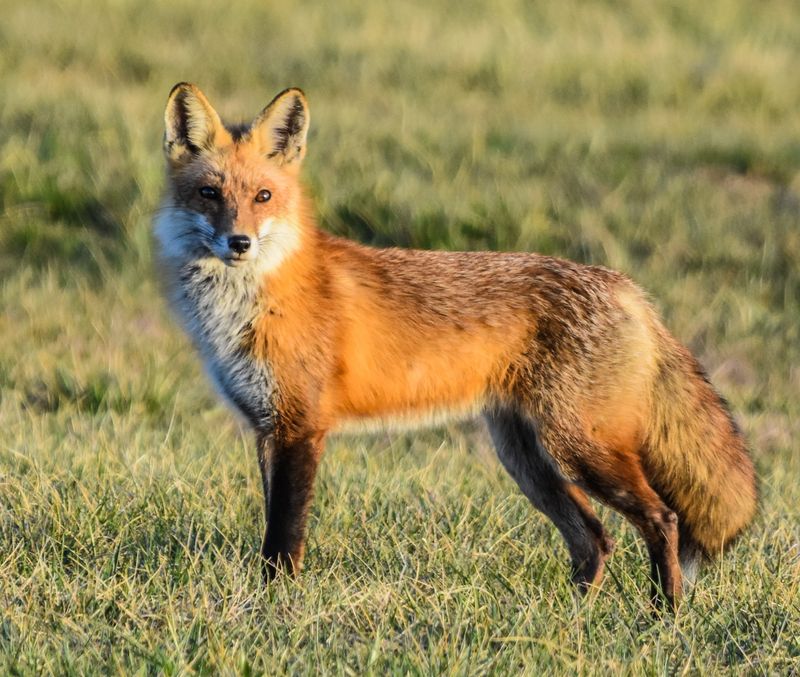
Foxes, known for their delicate and slender build, often appear much smaller compared to the robust and muscular stature of coyotes. Typically, a red fox weighs between 9 to 12 pounds, standing about 16 inches at the shoulder. In contrast, a coyote can weigh anywhere from 20 to 50 pounds, with a height of around 23 inches at the shoulder.
The disparity in size is one of the most noticeable differences when observing these animals in their natural habitats. Foxes are light-footed and agile, which aids in their ability to swiftly navigate through dense forests and fields. Coyotes, on the other hand, possess a more solid build, which supports their endurance while traversing vast terrains.
This difference in physique not only affects their movement but also influences their hunting strategies and dietary preferences. Understanding these physical attributes provides insights into their survival mechanisms and ecological roles.
2. Facial Features
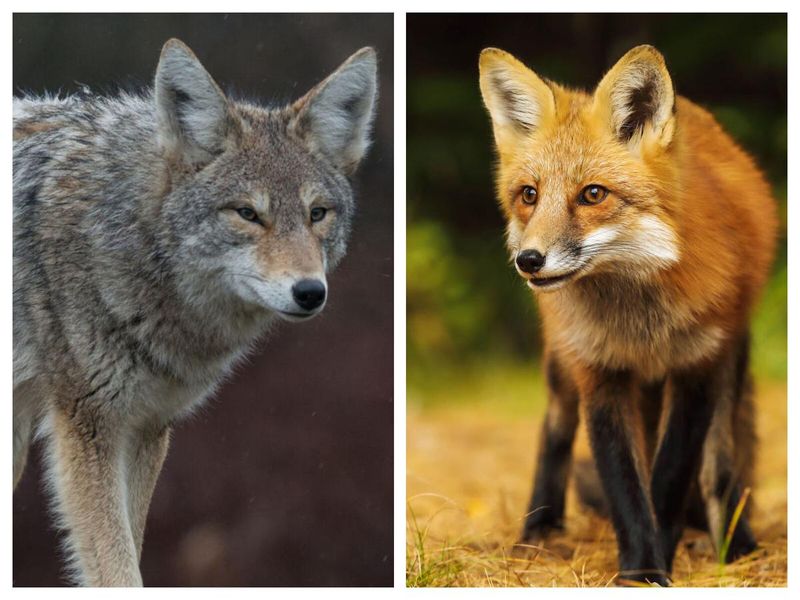
The facial features of foxes and coyotes present another clear distinction. Foxes exhibit a pointed snout, with high-set triangular ears that accentuate their alertness. Their eyes are often bright and intelligent, contributing to their charming appearance. Coyotes, conversely, have a broader snout and ears that are proportionally larger, giving them a more rugged look.
The eyes of a coyote, often golden or amber, reflect a keen predatory presence. This can be contrasted with the softer gaze of a fox, whose eyes may range from golden to a deep brown. These facial characteristics are not only aesthetic but are adapted to their lifestyles and environments.
Observing these differences up close, one can appreciate how evolution has tailored each species to its niche. These adaptations are crucial for their survival, influencing how they hunt and interact with their surroundings.
3. Habitat Preferences
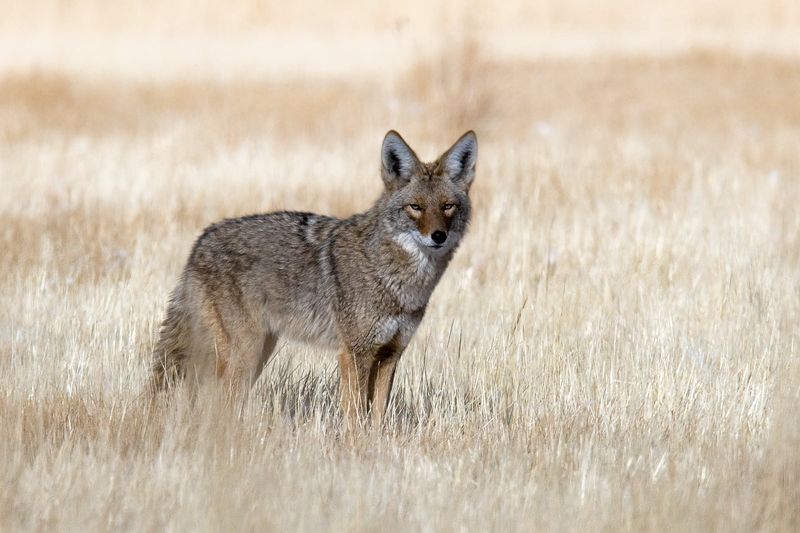
When considering habitat preferences, foxes and coyotes show a marked difference in choice. Foxes are generally more adaptable, often found in various environments including forests, grasslands, and even urban areas. They are known for their ability to thrive close to human settlements while maintaining a discreet profile.
Coyotes, however, tend to prefer open spaces such as grasslands, deserts, and prairies. They have adapted to a wide range of environments but are less likely to be seen in dense forests compared to foxes. This preference influences their behavior and interactions with other wildlife and humans.
Understanding these habitat preferences enhances one’s appreciation of their ecological roles. While foxes often remain elusive and adaptable, coyotes are more bold and conspicuous in their chosen landscapes. This distinction is vital for wildlife enthusiasts and researchers alike.
4. Vocalizations
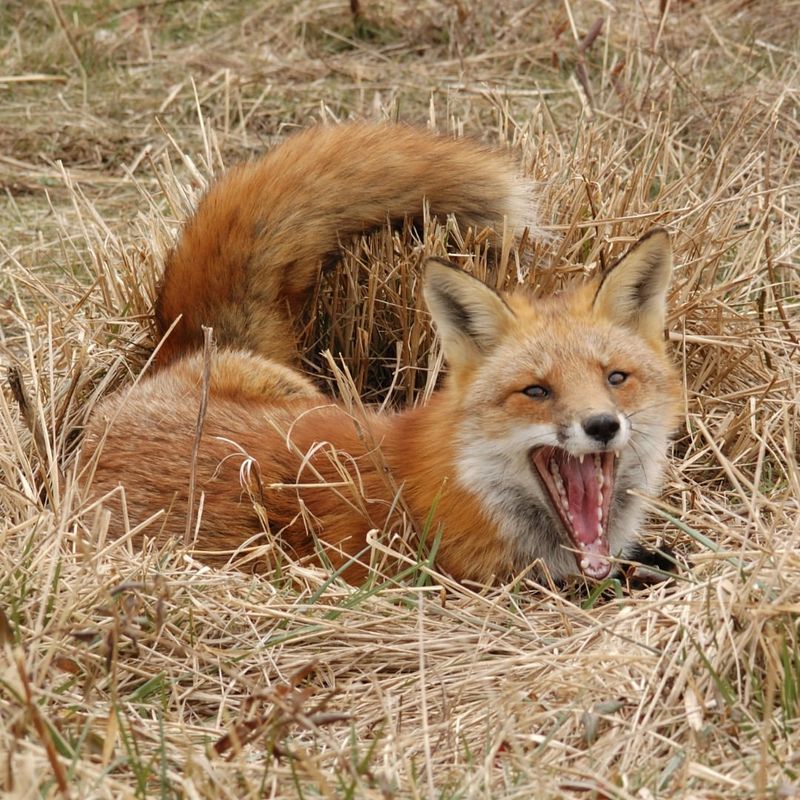
Among the differences, vocalizations offer a fascinating insight into the communication methods of foxes and coyotes. Foxes are known for their high-pitched yelps and screams that can sound almost eerie at night. These vocalizations are typically used during mating season or to communicate with their kits.
Coyotes, in contrast, are famous for their howls, which can be heard over long distances. Their vocal range includes barks, yips, and howls, often used to communicate with pack members or assert territory. The haunting sound of a coyote’s howl is a staple of the North American wilderness.
These vocal differences not only highlight their unique behaviors but also their social structures. Foxes tend to be more solitary, while coyotes often operate in packs. This aspect of their communication is crucial for their survival and territorial management.
5. Dietary Habits
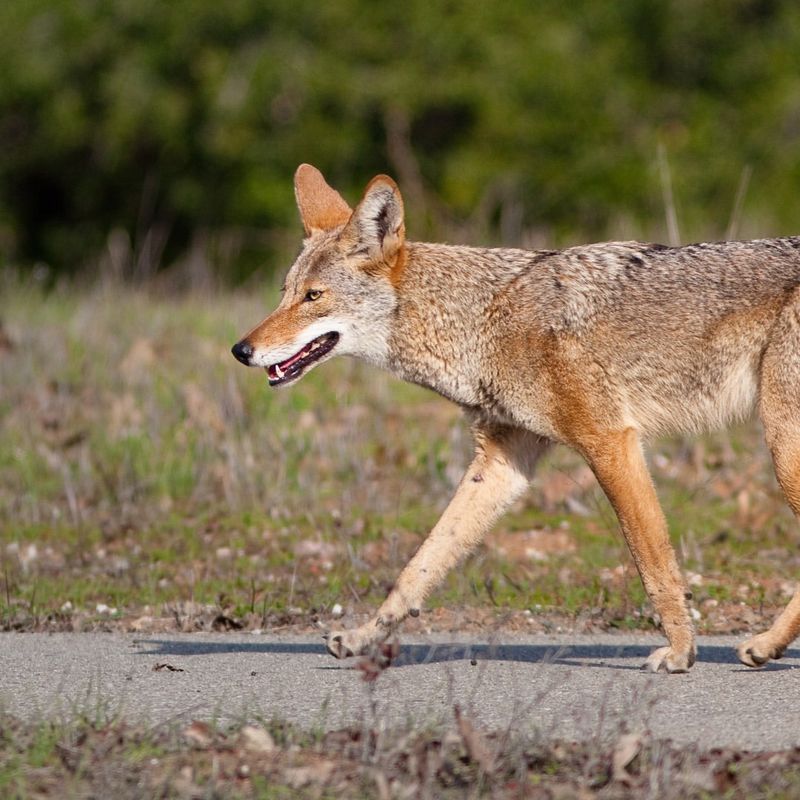
The dietary habits of foxes and coyotes are both diverse and adaptable, yet they exhibit distinct preferences. Foxes are omnivorous, with a diet that includes small mammals, birds, fruits, and insects. Their opportunistic feeding behavior allows them to adapt to various food sources, especially in urban areas.
Coyotes share a similar omnivorous diet but are more inclined towards larger prey, such as deer or livestock, when available. They are also known scavengers, often seen searching for carrion or human leftovers. This flexibility in diet is a testament to their adaptability in changing environments.
Both animals play essential roles in their ecosystems by controlling rodent populations and cleaning carrion. However, their dietary distinctions reflect their different survival strategies and ecological impacts. Understanding these habits is essential for managing human-wildlife interactions and conservation efforts.
6. Reproductive Behavior
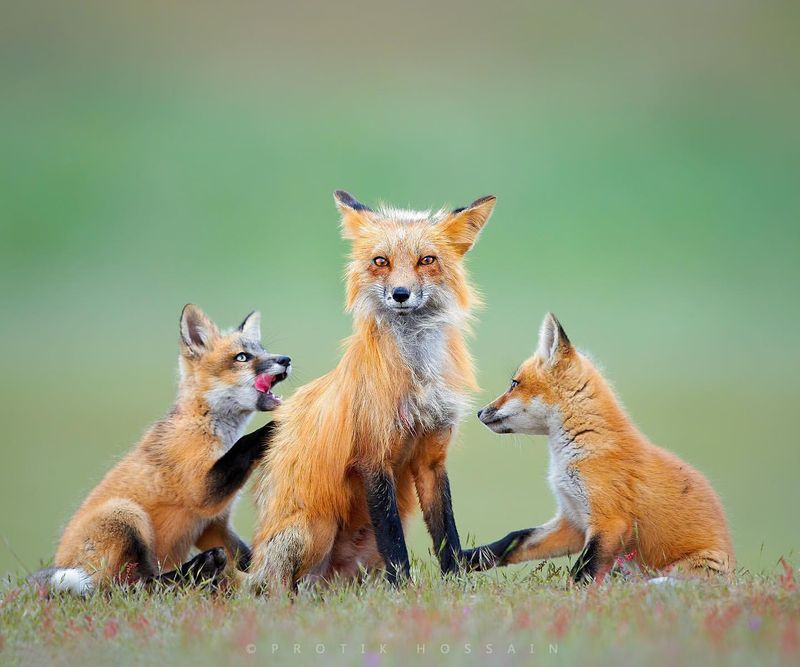
Reproductive behaviors in foxes and coyotes showcase their unique life cycles and parental care. Foxes typically mate for life, with both parents involved in raising their young. The vixen, or female fox, is attentive to her kits, often found nurturing them in dens for protection.
Coyotes, while also monogamous, display a more communal approach to raising pups. The pack assists in feeding and guarding the young, showcasing a collaborative effort in offspring rearing. This pack involvement is crucial for the survival of coyote pups in the wild.
These reproductive strategies emphasize the different approaches to family dynamics between the two species. Understanding these behaviors offers insights into their survival tactics and evolutionary advantages. It highlights the diversity of strategies employed by animals in nature to ensure the continuation of their lineage.
7. Social Structures
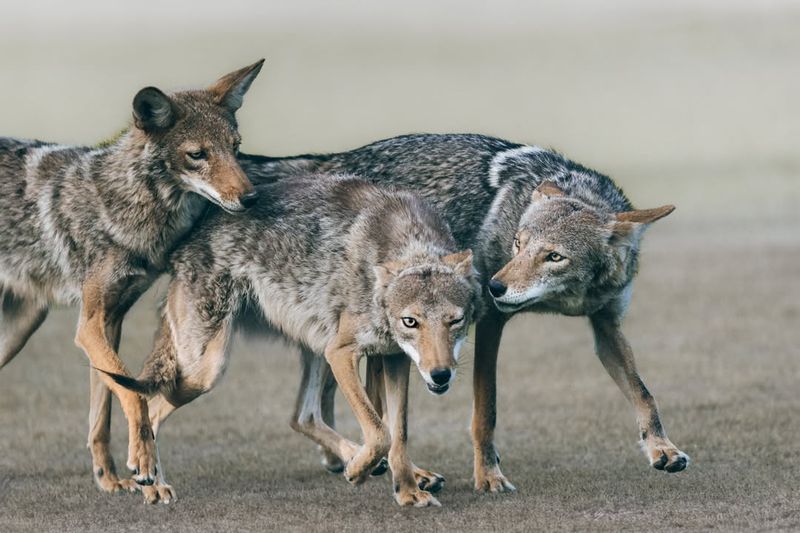
Social structures in foxes and coyotes provide intriguing insights into their behavioral ecology. Foxes are generally solitary animals, primarily seen alone or with their young. This independence is reflected in their hunting techniques, often relying on stealth and cunning.
In contrast, coyotes exhibit a more social structure, frequently forming packs that aid in hunting and territorial defense. These packs are typically family units, consisting of the alpha pair and their offspring. The cooperation seen in coyote packs is a key component of their survival.
These differing social behaviors highlight the adaptive strategies each species employs. While foxes rely on their solitary stealth, coyotes benefit from the strength in numbers. This understanding of their social dynamics enhances our appreciation of their roles within the animal kingdom.
8. Tail Characteristics
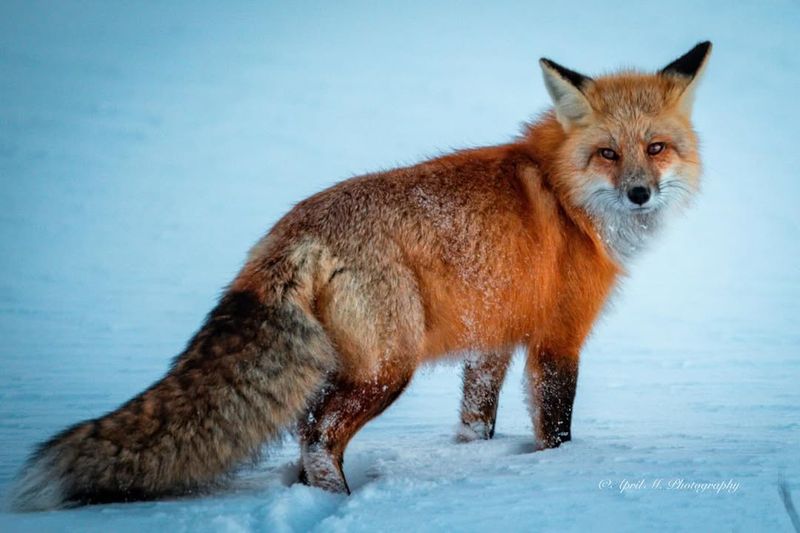
Observing the tails of foxes and coyotes reveals another fascinating difference. Foxes are known for their bushy tails, often with a distinctive white tip. This tail, or ‘brush,’ is not only a defining characteristic but also serves practical purposes, such as balance and warmth.
Coyotes’ tails, while also bushy, are generally straighter and carried downwards while walking. Unlike foxes, coyotes do not have a white tip on their tails, making this an easy identification mark in the wild.
These tail characteristics are more than just aesthetic; they play roles in communication and behavior. A fox’s tail movements can signal various emotions and intentions, while a coyote’s tail position can indicate its mood and social standing within the pack. These subtle differences add depth to our understanding of their natural history.

